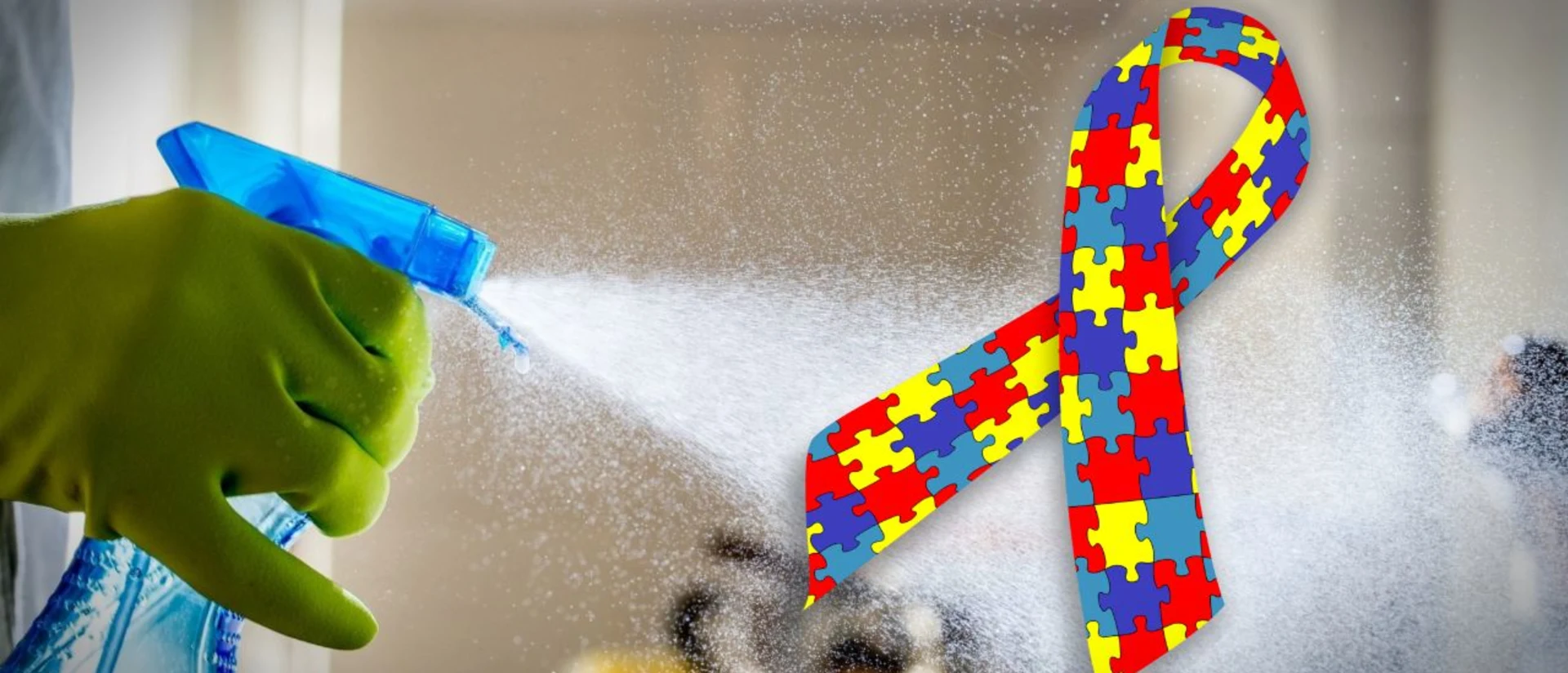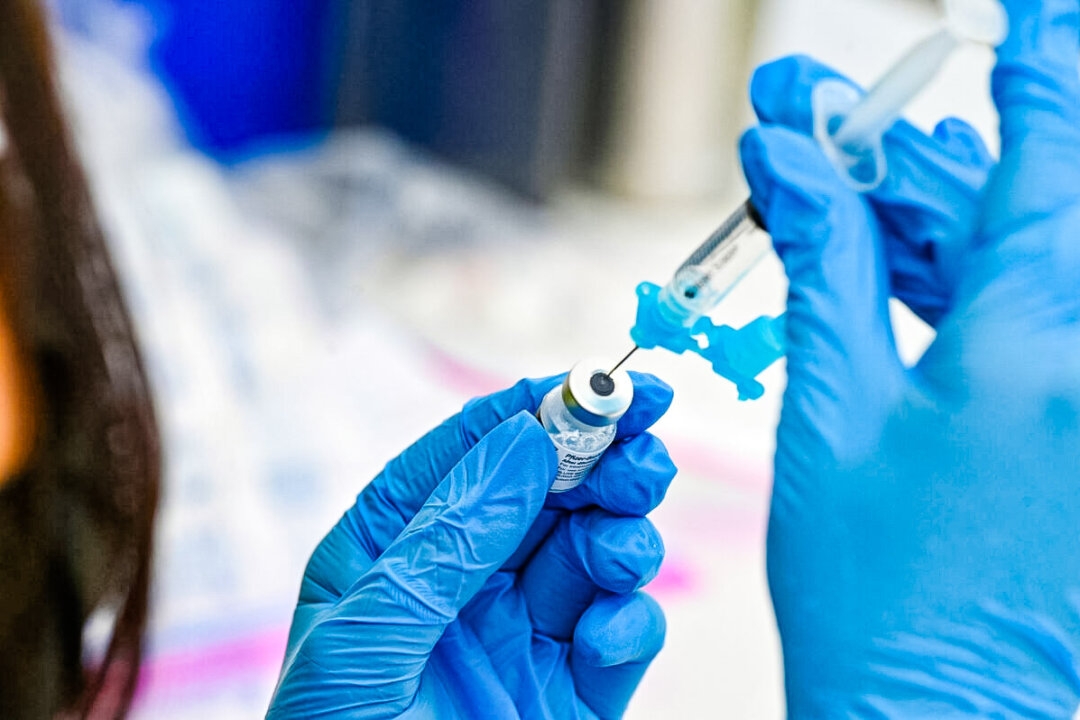Study Links Parents’ Exposure to Toxic Chemicals to Increased Risk of Autism, ADHD in Kids
by Matt Agorist, The Free Thought Project:

Exposure to chemical toxicants, molds and algae contributes to autism and attention disorders in children, according to research that bolsters earlier findings.
The exposures may be most relevant, not in the children, but one generation back — in the parents.
The study, “Assessing Chemical Intolerance in Parents Predicts the Risk of Autism and ADHD in Their Children,” was published in the March issue of the Journal of Xenobiotics.
TRUTH LIVES on at https://sgtreport.tv/
Led by Dr. Claudia S. Miller, an immunologist at the University of Texas at San Antonio noted for her work on chemical intolerance (CI), the authors build on previous work published in 2015 establishing parental CI as a risk factor for autism and attention-deficit/hyperactivity disorder (ADHD).
Miller participated in Beyond Pesticides’ 2022 Forum Series. Recordings of her presentation are available on YouTube.
In 1996, Miller concluded that CI is induced by toxicant-induced loss of tolerance (TILT). For further details, see Beyond Pesticides’ Daily News Blog.
Three years later Miller developed the Quick Environmental Exposure and Sensitivity Inventory (QEESI), a questionnaire for individuals tracing their toxicant exposures and symptom histories.
QEESI was first developed with groups exposed to organophosphate pesticides, volatile organic compounds in reconstruction and remodeling, various military chemicals used in the Gulf War and breast implants.
QEESI has been used in 16 countries, and the Miller team believes it offers “high sensitivity and specificity for differentiating individuals with CI from the general population.”
The concept behind TILT is that either a short-duration acute exposure to a chemical or biological agent or a low-dose chronic exposure can sensitize the immune system so that further exposures at much lower doses, or even exposures to previously tolerated substances, set off a cascade of immune responses leading to CI.
CI often involves symptoms in multiple body systems and may be triggered not only by environmental chemicals but also by foods and drugs.
The prevalence of CI, if clinically diagnosed, is estimated at 0.5-6.5%; if self-diagnosed, the average is 20%.
Autism globally is estimated to occur in about 1% of children. It increased by 6-15% a year between 2002 and 2020. Less than a fifth of autism cases can be attributed to a specific cause. The rest, the authors write, are termed “idiopathic autism,” for which interactions between genes and the environment are thought to be the best explanation.
Read More @ TheFreeThoughtProject.com



